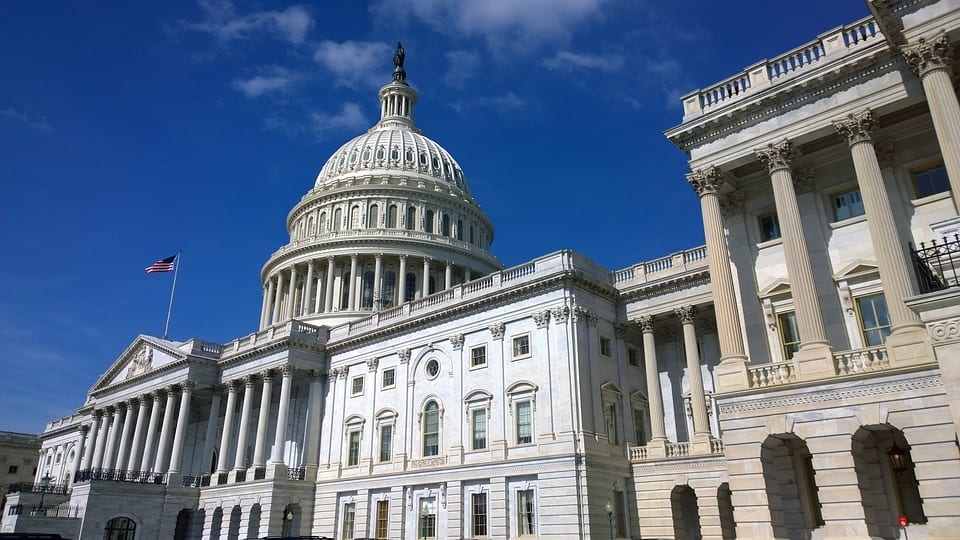Southeastern Texas was devastated by the storm, placing the focus back on NFIP and the GOP restructuring effort.
The Federal flood insurance program is in limbo at the moment while Texans face catastrophe following Hurricane Harvey. The Republicans have been trying to restructure the National Flood Insurance Program (NFIP). Their goal has been to partially privatize it.
NFIP is a subsidized program that costs taxpayers tens of billions in federal subsidies.
The federal flood insurance program is facing an upcoming deadline of September 30. Unless Congress agrees to extend the program after that date, insurers won’t be able to write any new policies for flood coverage. In the current program, policyholders can make claims for payouts of up to $350,000. Even existing claims are currently at risk, as NFIP is drawing ever nearer to its $30 billion borrowing limit. Experts have been warning that the costs from Hurricane Harvey could rapidly send the total well above the limit.
Almost all flooding coverage is underwritten by the Federal flood insurance program.
 This has been the case since 1968, when NFIP was first established. At that time, pretty much every private flood insurance company left the market. They lost interest after the unpredictable and sometimes very large losses they were facing.
This has been the case since 1968, when NFIP was first established. At that time, pretty much every private flood insurance company left the market. They lost interest after the unpredictable and sometimes very large losses they were facing.
That said, Hurricane Harvey isn’t the only reason that there has been debate regarding the restructuring of NFIP. The flooding across much of the fourth largest city in the country – Houston – has only fueled the cracks in Congress’s proposed strategy for reducing the weight of the cost of flood insurance from the government’s back.
“We need a sustainable program, and today we don’t have it,” said Jeb Hensarling (R-Texas), the House Financial Services Committee Chairperson. He has been a supporter of privatizing the program and making other forms of changes that would help to make it more self-sufficient. “I’ve been telling people for four years that we are one major storm away from another taxpayer bailout, and that day has come. So if anything, it creates more momentum and a greater onus on getting our bill into law.”
This strategy has been supported by the Trump administration. The president’s budget proposed the elimination of the Flood Hazard Mapping Program component of the federal flood insurance program, which would save $190 million in 2018’s fiscal year. It could also save another $8.9 billion over the next ten years, assuming that private competition actually returns to the flood insurance marketplace.
